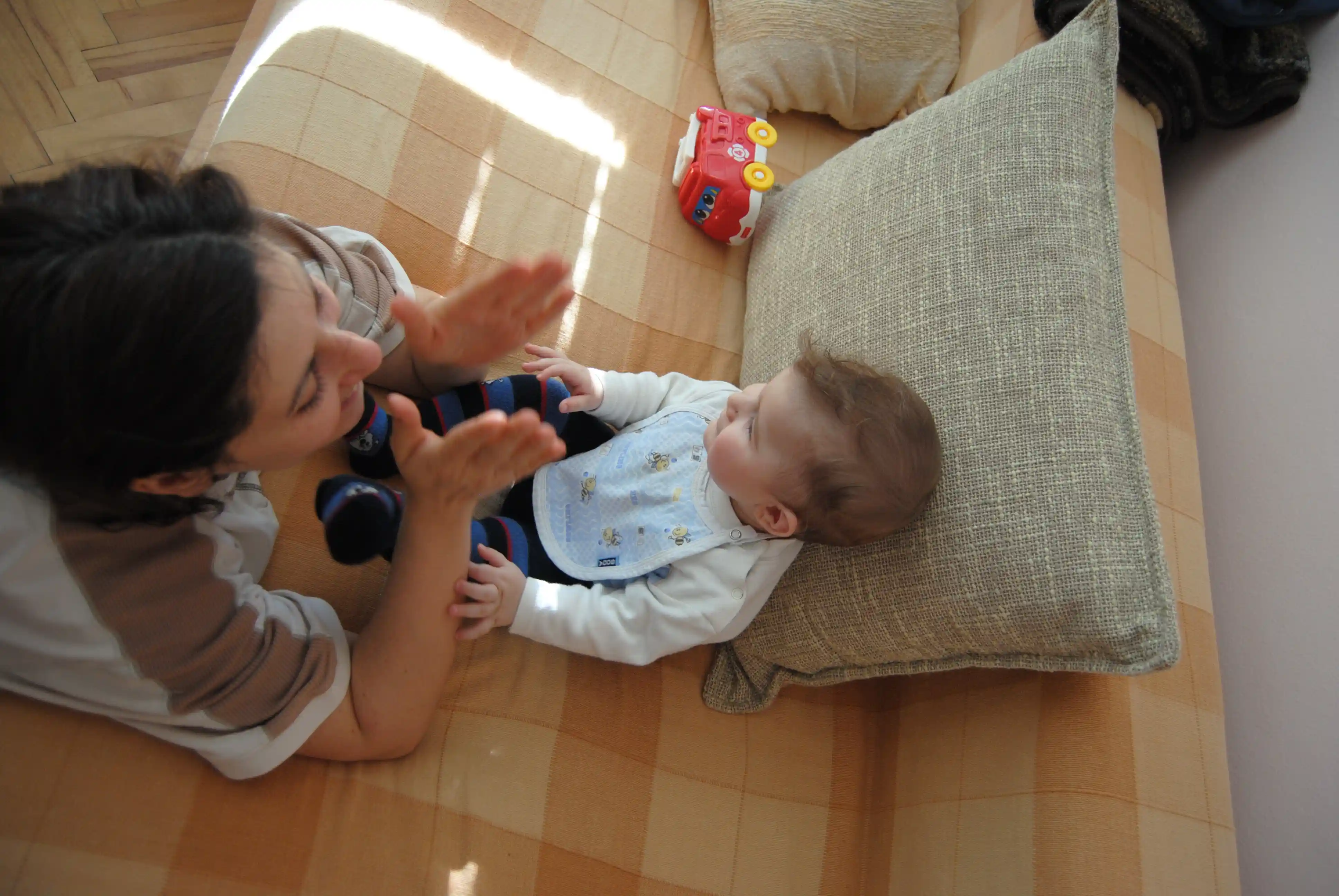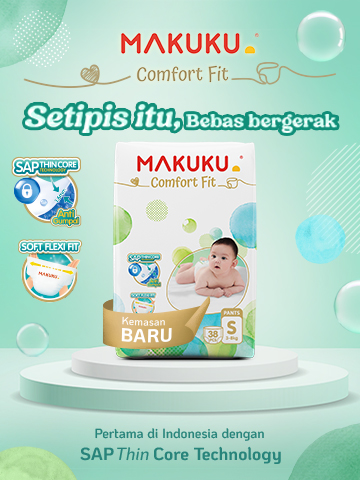
The growth and development of your little one should always be monitored to see if it aligns with their age. One way to stimulate your child's growth and development is through tummy time or playing while on their stomach. So, when is the ideal time to do tummy time?
The ideal time for tummy time for your little one can be started as early as possible. Typically, tummy time begins when the baby is 2-3 months old because, at this age range, the baby's neck muscles are already strong. According to Dr. Ria Yoanita, SpA from St. Carolus Hospital, even though a newborn's neck muscles are not yet strong, it is still recommended for newborns to have tummy time by paying attention to several factors to ensure it is done safely.
“Bayi baru lahir sebenarnya tetap disarankan untuk tummy time, dengan syarat harus dalam pengawasan orangtua, karena risiko SIDS akibat hidung tertutup bisa terjadi.” Tutur dr. Ria.
During tummy time, parents should not be negligent in supervising this activity, especially with newborns. This is because newborns cannot automatically control their necks. Therefore, there is a concern that their nose and eyes might be covered, and the little one may not be able to lift their neck. As a result, this could lead to Sudden Infant Death Syndrome (SIDS) or sudden infant death.
Sementara tidak ada waktu pasti berapa lama tummy time baik untuk dilakukan. Namun, Anda dapat mengajak si kecil untuk tummy time sekitar dua sampai tiga kali selama 30 menit dalam sehari. Tummy time memang tidak mudah untuk bayi, pada awal tummy time mungkin si kecil akan terlihat tidak menyukainya.
But don't give up, to get the little one used to this position, parents can start with a short amount of time and do it gradually. It's important for parents to prioritize the little one's comfort during tummy time. Create a pleasant atmosphere and don't force it to prevent the little one from becoming fussy.
“Sebaiknya sedini mungkin dan berapa lama waktunya memang kita menyarankan melakukannya sesering mungkin asal harus diperhatikan pada bayi baru lahir mata dan hidung jangan sampai tertutup,” jelas dr. Ria.
Benefits of Tummy Time for Your Little One
The impact of a child rarely being on their stomach can indicate delays in motor development. Moreover, lying too often in a supine position can trigger skull abnormalities. That's why tummy time is recommended and has a variety of benefits for the little one. Not only does it enhance bonding between parents and the baby, but Dr. Ria explains that tummy time can also influence neck development and stimulate motor skills. Here are the various benefits of tummy time that should not be missed:
1. Helps muscle development
When a baby is on their tummy, they will be stimulated to better control the movement of their neck and head. This is because newborns often have torticollis, a condition where the baby's neck muscles are tight, making it difficult for them to turn their head. Tummy time can help relax their neck muscles.
2. Stimulating gross motor skills
The strength of a baby's neck and upper back muscles greatly influences subsequent development such as rolling over, sitting, crawling, and walking. Additionally, it can also train hand coordination and coordination between other body parts.
3. Avoiding a flat head
As mentioned at the beginning, if a baby lies on their back too often, their skull can become flat or develop a flat head (plagiocephaly). Plagiocephaly is a condition where the baby's head is slightly flat at the back. A flat head will not affect the child's brain development.
Safe Tummy Time Guide
Tummy time is very easy and inexpensive to do at home. Parents simply need to lay out a blanket, a soft mat, or a flat mattress to place the little one in a prone position. Dr. Ria also recommends a safe tummy time position by placing the little one on the stomach, chest, or lap when laying them face down.
"Babies can be placed on the mother's or father's stomach instead of on the bed, because in addition to the benefits mentioned above, skin-to-skin contact with the parents will enhance bonding, which is also beneficial for supporting optimal growth and development," explained Dr. Ria.
Don't forget to ensure the tummy time area is clean and provide your little one's favorite toys. Parents accompanying can gaze at the little one's face. Invite the little one to communicate and play. Occasionally, you can offer toys to encourage the little one to reach for them. If the little one appears uncomfortable, you can change their position or stop the activity. (Aq/MKK)







